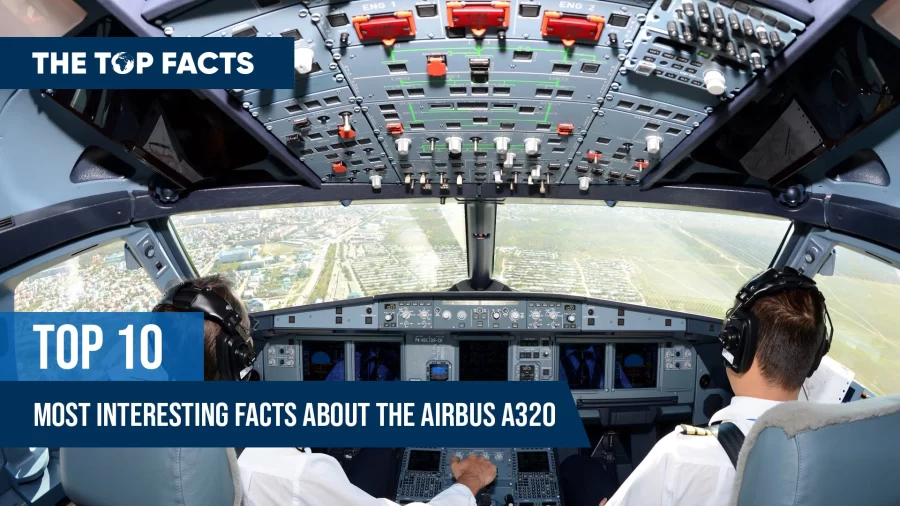
Top 10 Most Interesting Facts About The Airbus A320
Table of Contents
10 Things To Know About Airbus A320
The Airbus A320 family comprises narrow-body, short to medium-range, commercial twin-engine jets designed by Airbus. The family includes
- A318
- A319
- A320
- A321
- ACJ Business Jet
The A320 family is also known as the A320ceo after the launch of the A320neo. The later assembly took place in Hamburg, Germany, and Toulouse, France. The aircraft can accommodate 220 passengers with a remarkable range of 3100-12000 km. This range is model-dependent.
The pioneer member of the A320 family is A320 which was launched in March 1984. Its first flight was on 22 February 1987. The A320 family took the lead in the side stick controls and digital fly-by-wire flight control systems in commercial aircraft. It is ranked among the world’s fastest-selling et airline family and the best single-generation aircraft program.
The Airbus A321 has few unique features as compared to other aircraft. It is the sole Airbus having double-slotted flaps. Airbus does prefer to feature single-slotted flaps in all other family members. As it will save the weight of the aircraft and that’s why the A321 is the heaviest model of the family.
There are a few fun facts, which you never know about the Airbus A320, we are sharing with you the top 10 most interesting facts about A320:
1. Initially Known As The Joint European Transport Project:

The A320 project was formerly known as the Joint European Transport (JET) project. Airbus ought to launch a new narrow-body jet for marketing in commercial airlines. To meet the cause, Airbus contracted several European corporations, including Dornier, British Aerospace, and Fokker. As it was a joint venture thus named as JET Project. The project was renamed the A320 project in 1981.
2. Launched Fly-By-Wire Controls:
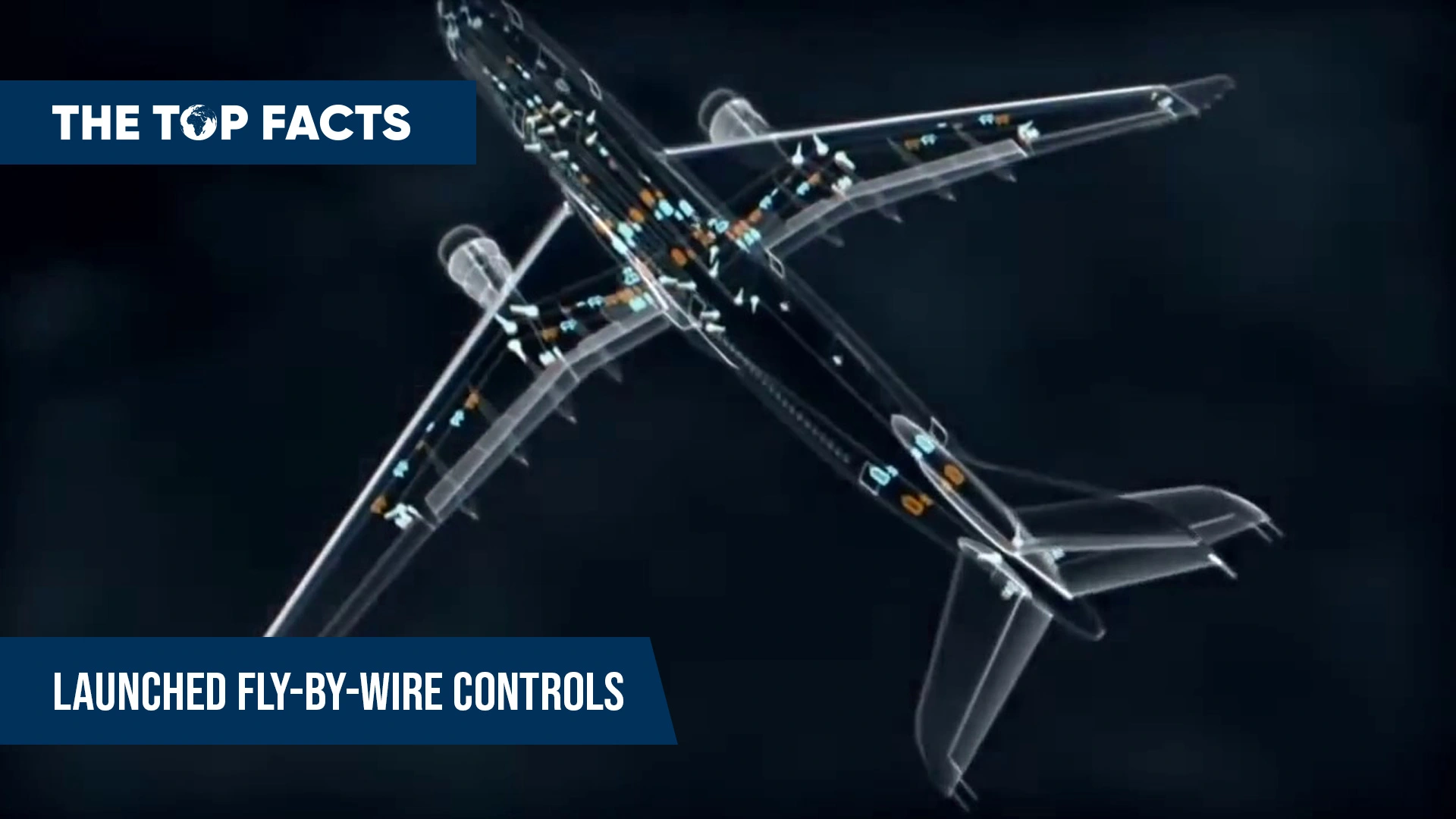
Airbus launched fly-by-wire controls. The foremost A320 jet didn’t have mechanical and manual controls in its cockpit. In spite, it had featured fly-by-wire controls. Fly-by-wire rules comprise digital displays and control operations. They became pioneers in introducing this technology, later followed by other commercial jets.
3. Highest-Selling Jet:
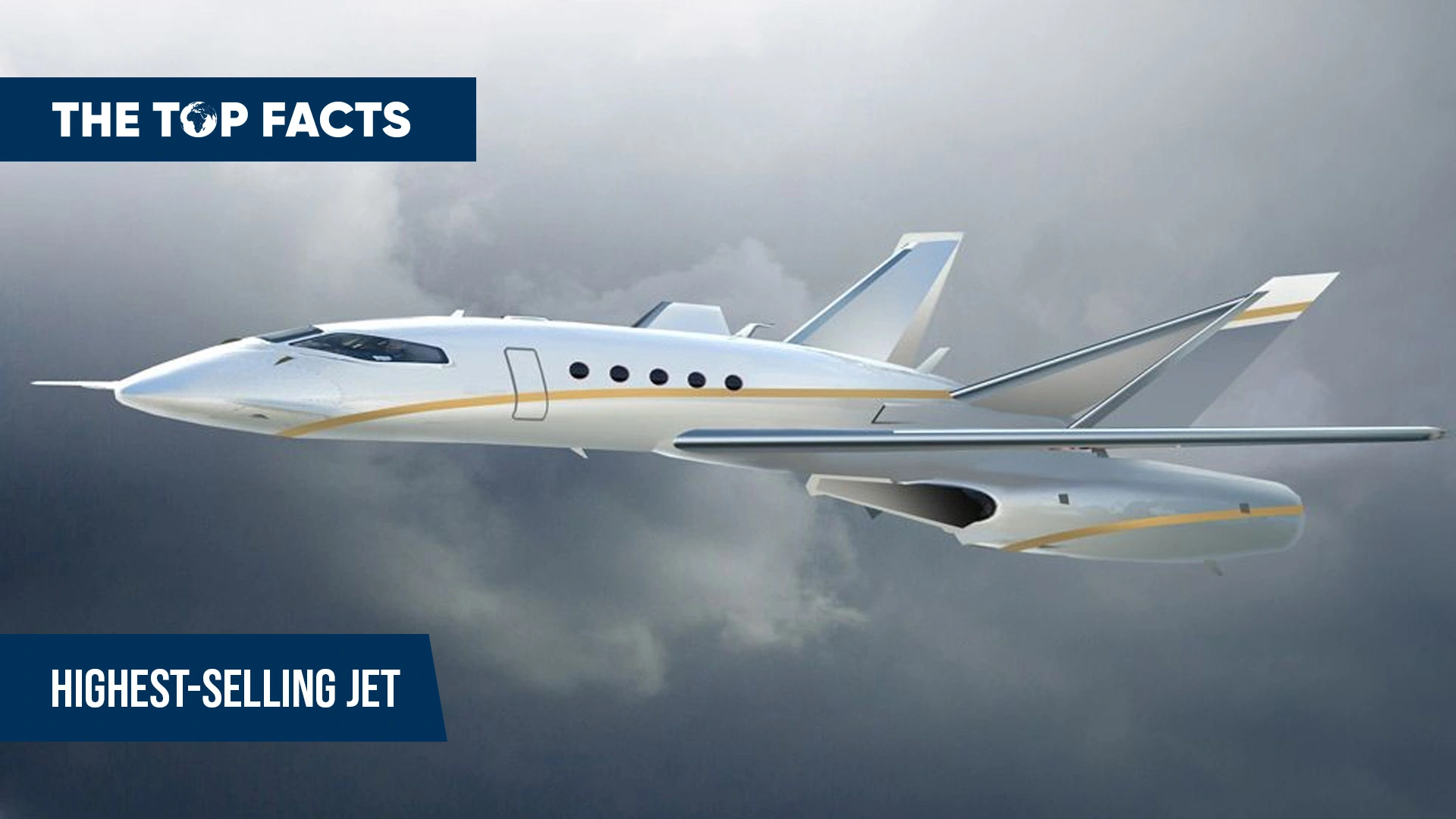
You might be astonished to know the fact that the A320 is the everlast top-selling jet. Previously, Boeing 737 was the highest-selling champion jet. In 2019, the A320 outpaces Boeing 737 regarding sales. At present, A320 is the highest-selling jet.
4. A321 Was The Pioneer Variant:
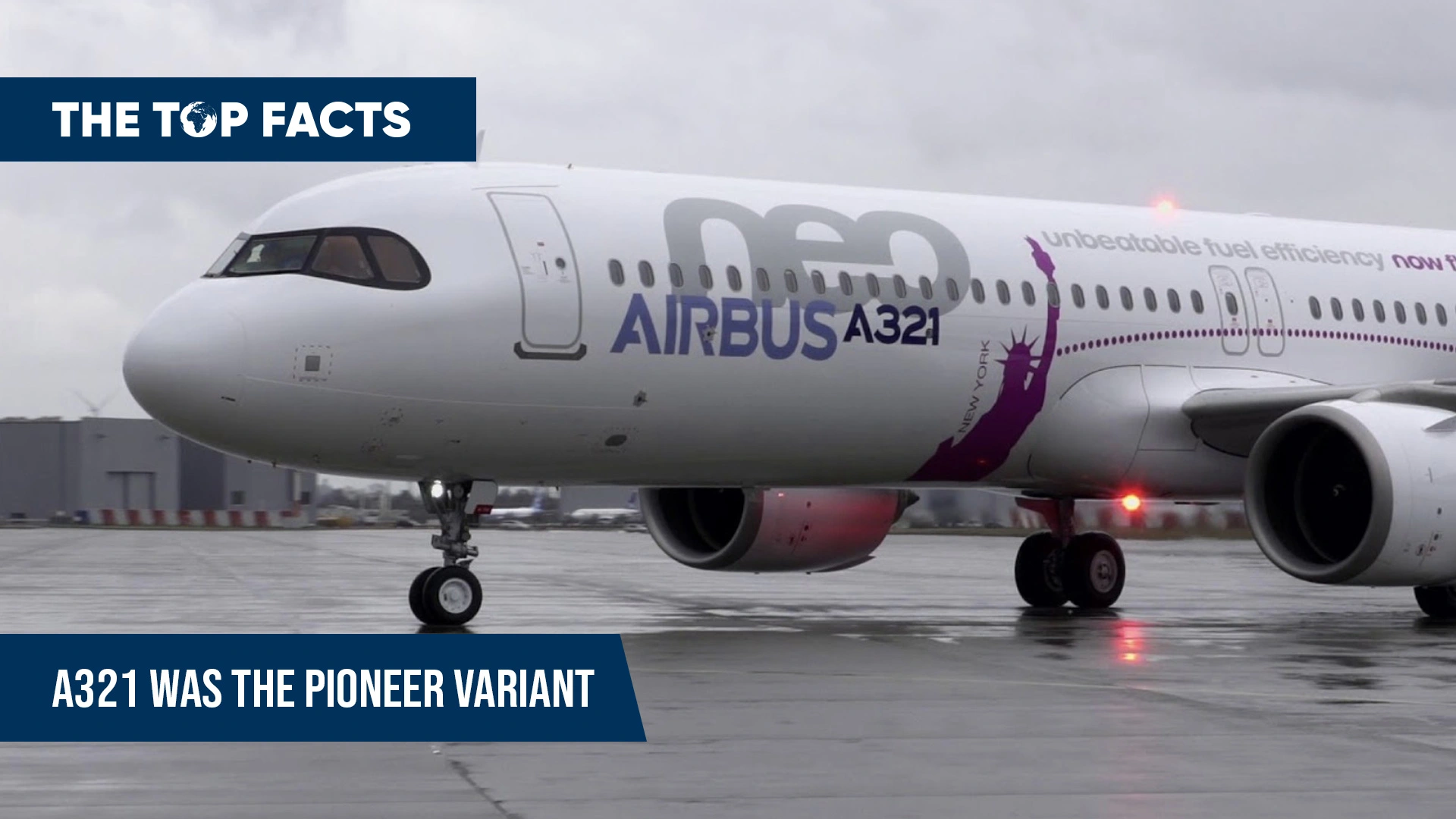
Airbus featured and launched various variants of the A321. The pioneering launched variant was the A321. Also named as stretched A320. it has an elongated design than the original A320. The fuselage of the A321 is approximately 23 feet longer than the others A320’s fuselage. Hence, could accommodate more passengers.
5. Efficient Amplifications:
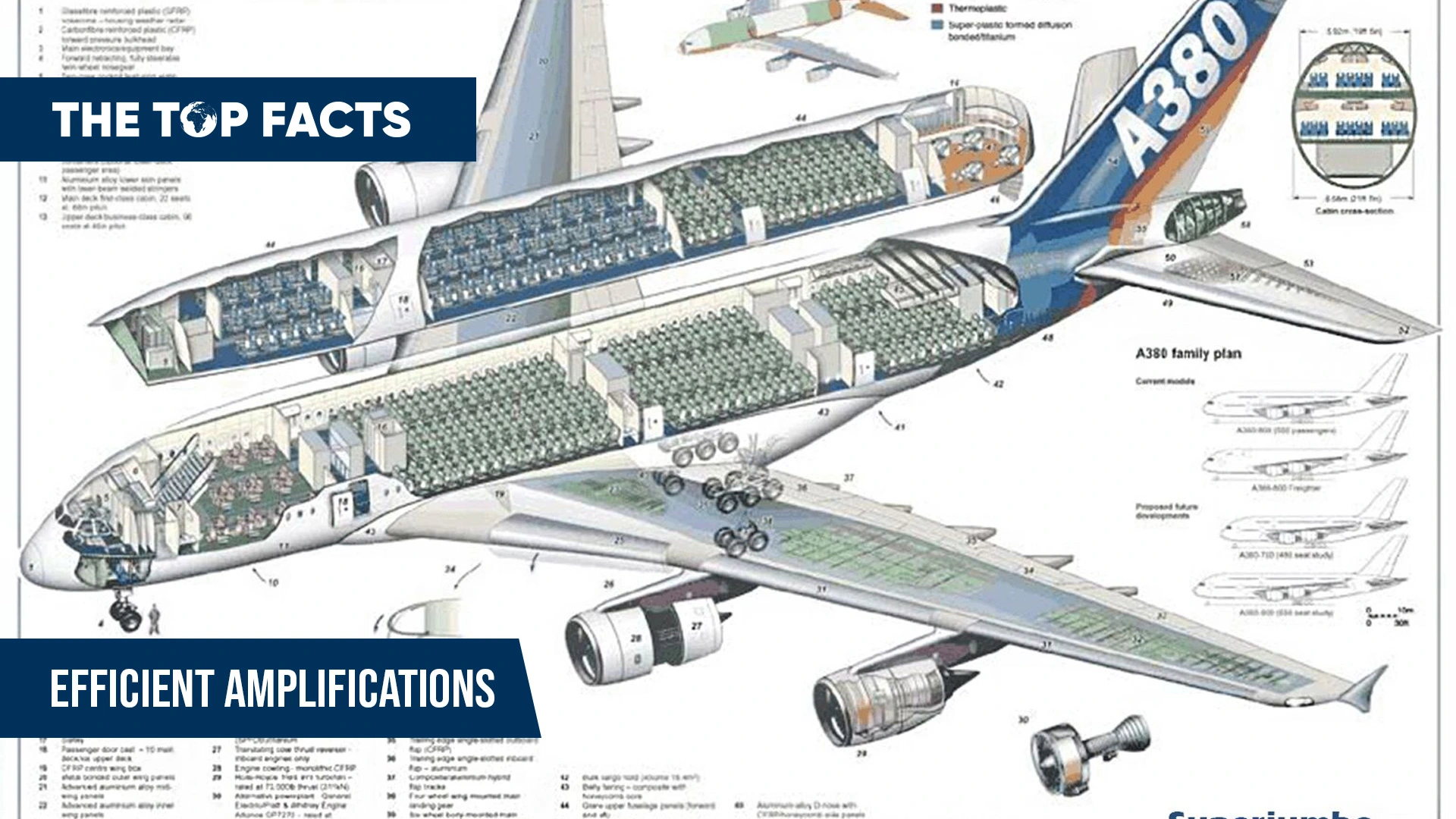
Airbus has made several upgrades to its A321 family. These upgrades were designed to enhance the efficiency of its jets. Airbus introduced the A320E program in 2006. The aim of this program was to make A320 jets more versatile and efficient. For instance, they started introducing large winglets, to enhance efficiency by 4%-5%. It also focuses on the alterations to the A320’s body to attain a more aerodynamic shape. Thus, they kept on targeting efficiency.
6. A320 Family Takes Off And Touches Down Every 2 Seconds:
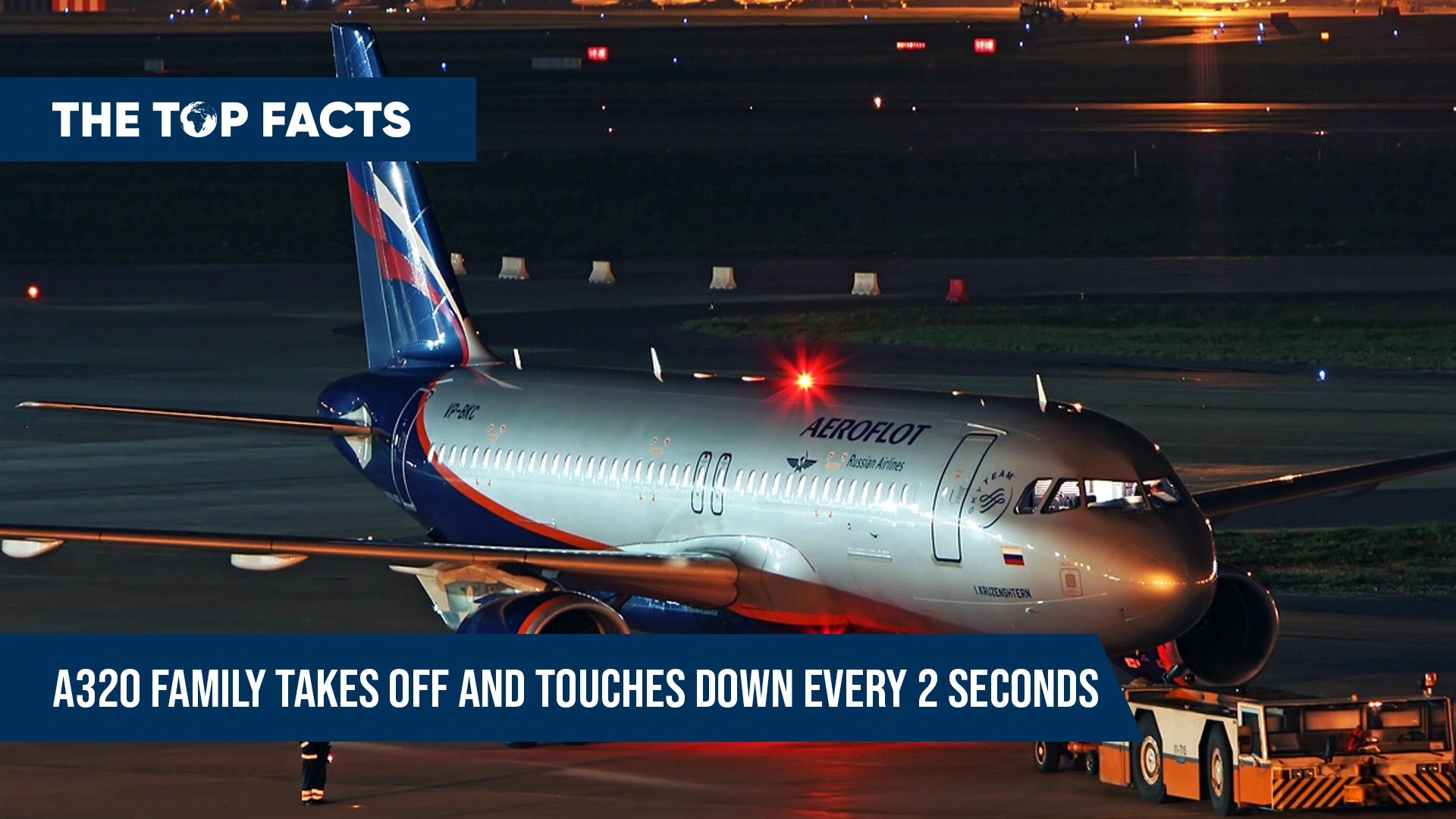
We can relate the frequency of A320 take-off and land to blinking and breathing. It may sound quite unnatural but Airbus proved how it did the math. By following the statistics shared by airbus we can access that there is an obvious chance to see a white trail in the sky after every 2 seconds. And you never knew that it is due to the A320 family airliner.
7. A320neo Is Fuel Effective As Compared To The Boeing 737 Max8:
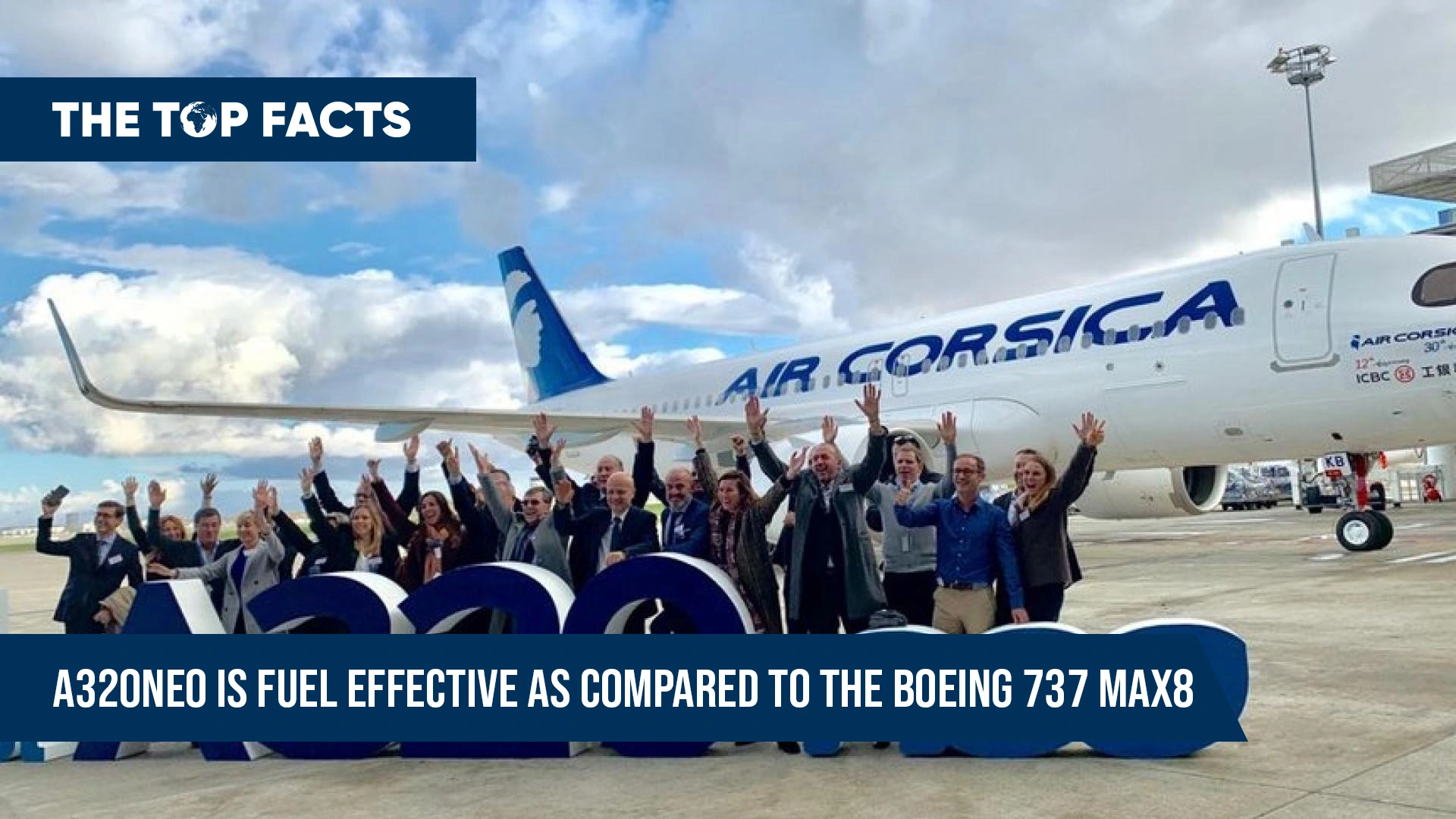
Airlines can trim costs through fuel conservation strategies. Enhanced fuel efficiency solutions were introduced by Airbus. Only a 1 % fuel reduction per annum by Airbus A320 can result in 100 tons of unburned fuel. A320neo guarantees 4-6% reduced fuel burn per seat as compared to the Boeing 737 MAX8.
8. About 85% Of An A320 Can Be Efficiently Recycled:
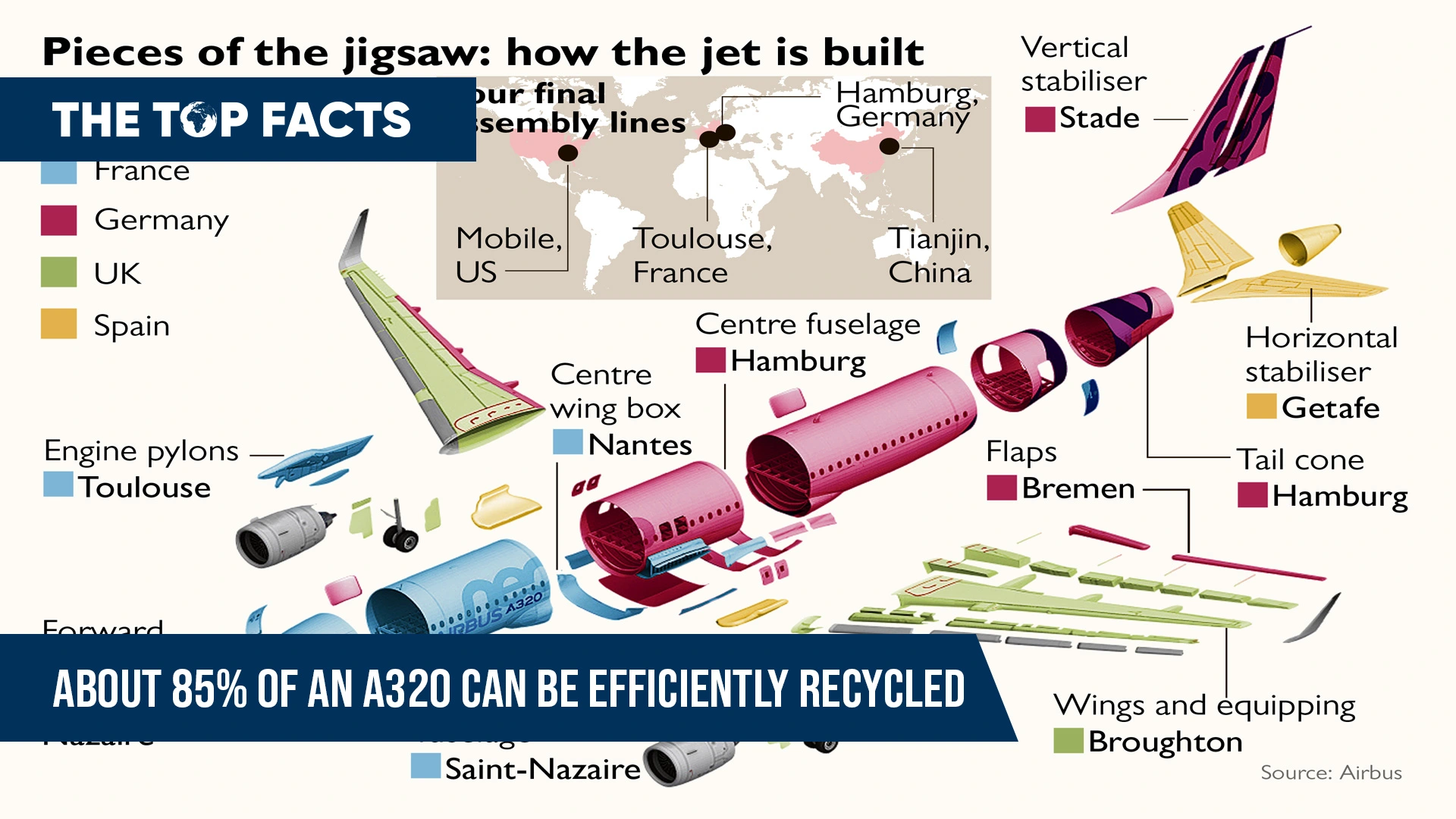
Airbus works towards sustainability. They are attaining remarkable progress in recognizing and encouraging the recycling of aircraft and their parts. At the termination of its lifespan, about 85% of an A320 can be effectively recycled. The company’s destination is to attain 95% recycling efficiency. The EU accomplished the second-largest market for aircraft retreat service. Thus, aircraft focussing on featuring components that can conveniently be reused, recycled, or recovered.
9. Airbus A320 Family Has The Potentially Lowest Crash Rates:
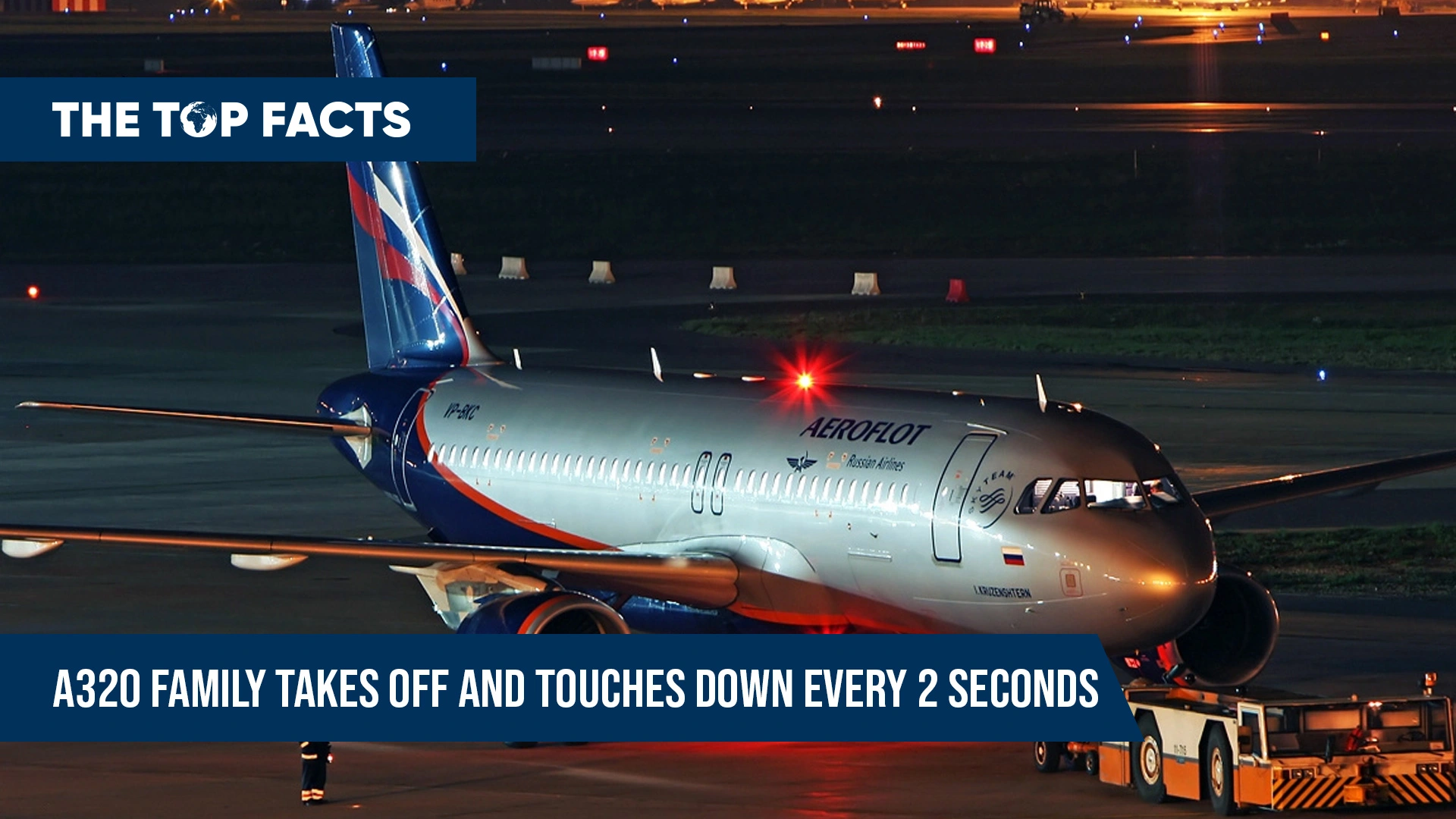
Airbus A320 is a well-known and most trusted air jet for being the safest airplane. It has a 0.08 crash rate. The fourth generation has the minimal crash rates of all.
10. Acceleration From 0-200 km/h In Less Than 20 Seconds:
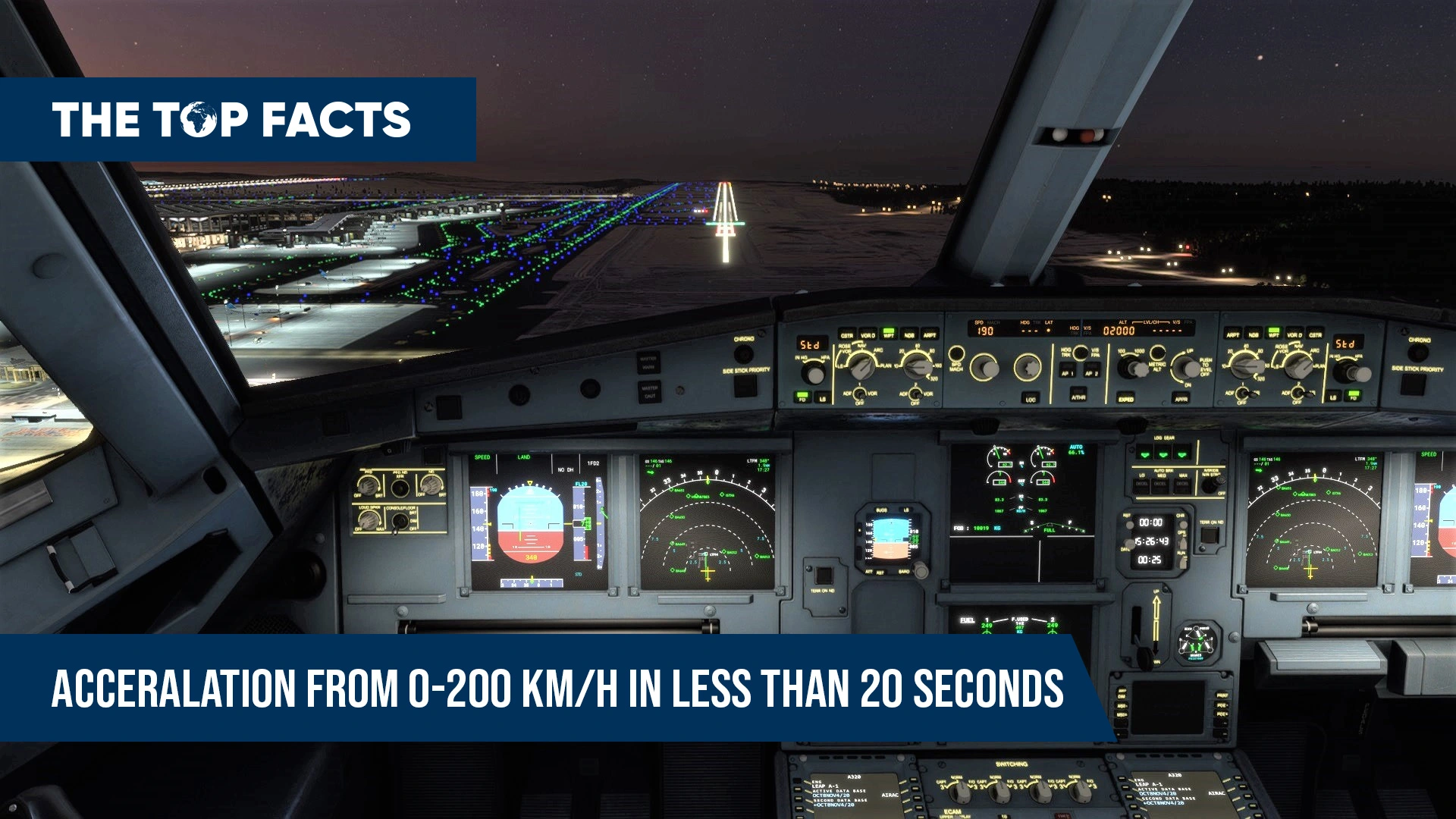
It’s always convenient to add specific numerical data to your imagination. The A320 can attain velocity changes from 0-200 km/hr in less than 20 seconds. It’s even faster than the 305 HP Ford Focus RS (turbocharged vehicle).
Read More: Top 10 Tourist Destinations in Europe
Competition Between Airbus and Boeing:
Airbus and Boeing, have dominated the airline industry all across the world for the past 30 years. They cultured the biggest rivalries on Earth. The competition has stretched the limits of aviation technology for years.
Prime Differences Between Airbus and Boeing Fleet:
| Features | Airbus | Boeing |
| Nose | Rounded | Pointed |
| Windshield | Notched | V-shaped |
| Frontera landed gear | Longer | Shorter |
| Rear landing gears | Leans backward | Leans forward |
| Tail-end | Straight | Sloped tail |
| Controls | Sidestick controls | Conventional yoke |
Pros and Cons of Airbus:
Pros:
- 18” economy seats
- Outmatch cabin A320 and A380
- Pilots can shift between aircraft with basal training
- EU subsidies encourage more evolution
Cons:
- Limited lifespan
- Automation dependant
- Less control/ handling feels for pilots
Pros and Cons of Boeing:
Pros:
- Long lifespan
- More control feel for pilots
- Advanced cabin in 777 and 787
Cons:
- 17” economy seats
- Advanced and regular training to fly other aircraft
- MCAS
Read More: 10 Most Powerful Armies in The World
Fleet Comparison Between Airbus and Boeing:
During the entire journey of competition, both companies have introduced various families of aircraft. They have launched different variants with slight modifications to outperform the others. So, first, compare their prime defining feature i.e body size. It can be split into three categories:
- Narrow -body
- Wide-body
- Jumbo-jet
Following are the salient features to compare the body size of Airbus and Boeing:
| Features to be compared | Airbus | Boeing |
| Jumbo-jet | A380 | 747 |
| Twin-Aisle | A350 | 777 |
| A330 | 767,787 | |
| Single-Aisle | A320 | 737 |
Jumbo-Jet:
Both aircraft i.e., A380 and Boeing 747 are twin-aisle, double-decker, quad-engine aircraft featured for long-haul routes. Simultaneously it will also reduce the cost per seat. A380 can accommodate more passengers, has a superior range, and could safely land on smaller runways, which is declared an economic failure.
Read More: Top 10 Tech Companies in The US
Twin-Aisle:
The Airbus A330 was designed to beat the dominance of the Boeing 767, while the A350 challenges the 777. Contrary to the A350, the Boeing 777 has been in practice since 1995. Despite this, the sole aircraft that directly competes for A350 is the next-generation 777X model. Both companies (A350 and Boeing 777) have extra long-range twin-aisle aircraft.
Single-Aisle:
The single-aisle is an eye-catcher feature for both companies. It is the best target to gain maximum profit. Airbus introduced A320 in 1988 and turned into the highest-selling aircraft in 2019, outpassing the Boeing 737.
Boeing has been in the aviation industry for ages and successfully meets its passenger’s expectations. Airbus is although a younger company but the most dreadful competitor for Boeing.
Nutshell:
It’s all your personal preferences that matter. The majority of the pilots would choose Boeing over an Airbus. Because Boeing is pilot controlled while Airbus is computer-operated. On the contrary, passengers prefer outstanding comfort that can only be provided with A380. so, in a nutshell, it’s relative.
Read More: 15 Things All Pilots Hate About Their Jobs
Cristina Bugatty is Editor at The Top Facts. She has been a factual writer for the last eight years. She Enjoys writing about anything techy, nerdy, or factually interesting.

